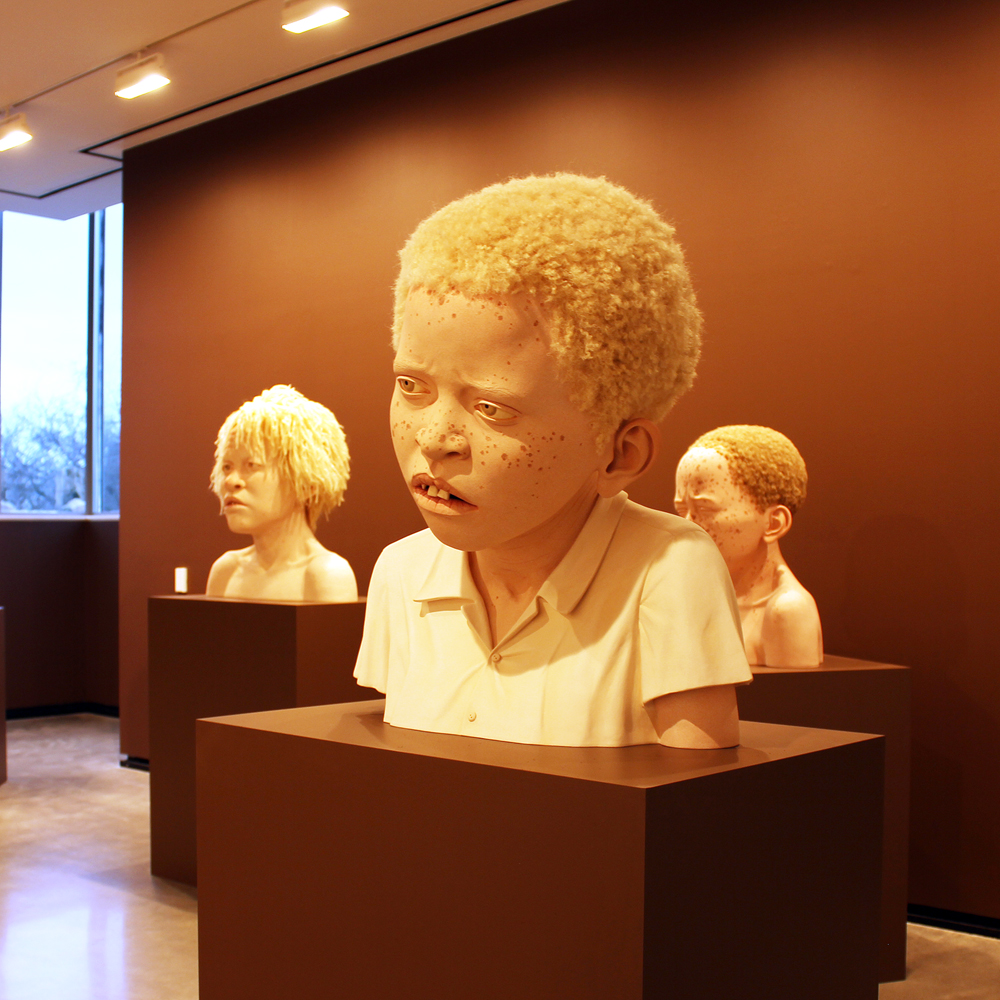Ego and Hubris
Michael Malice is an odd kind of person. Not odd in a wearing-your-underwear-on-the outside-of-your-pants kind of way, but in a way that creates a general sense of unease – like seasickness. At least, this is the sensation that I had after reading the first two pages of “Ego and Hubris: the Michael Malice story,” the new American Splendor graphic novel from Harvey Pekar.
Let me explain. Reading the book was not unpleasant. In fact, it was enjoyable, often riveting and although I found Malice to be a distasteful character at times, likely due to my liberal guilt, I more often found myself silently cheering for him. Still, the sense of unease lingers, even after closing the cover.
Let me be upfront. I think Harvey Pekar is a genius of sorts. I mean it takes a certain brilliance to create an art form – that being the autobiographical/confessional graphic novel. Pekar’s stories are moving, tragic and often funny. His brand of psychosis is the kind of medicine our overindulged world needs. However, the story of Michael Malice is something altogether different, which Pekar seems to acknowledge in the afterward of the book, saying that readers may find it difficult “to categorize him, to add up the sum of his parts.”
Granted, Malice is a youngish man so we are not privy to all of his “parts,” as it were. Still, those parts that we are presented with point to maliciousness that is tinged with an inexhaustible intellectual energy that can manifest itself in a kind of wide-eyed wonder. For instance, he recalls an encounter with a praying mantis as a child with the same kind of reverence he reserves for the Cato Institute.
Still, these moments of wonder and appreciation are outweighed by a sharp disdain for the stupid, unintelligent hacks with whom he battles with a unique cruelty. Malice has an admitted talent for cruelty. In one instance he manages to get a co-worker fired on her birthday. In another instance he dresses down a security guard for being overbearing.
This is not to say that those who Malice attacks do not deserve it, but, as in the case of the security guard, there is something within us that flinches at his pure, fearless ruthlessness. Incidentally, he manages to get the security guard fired and wonders why his friends protest his actions.
We, the voyeuristic readers we are, might cringe when Malice sends a tube of acne cream to an unfair boss who suffers from bad skin, but there is something within us that grins wickedly wishing we had the balls or the audacity to pull a stunt like that. Pekar suggests, again in the afterward, that to read the story of Michael Malice and “compare it to one’s own” might lead to self discovery. It’s true. After taking in a good dose of Malice’s personal philosophy, one might wonder why that bitch of a supervisor was able to shake your confidence so readily and why you didn’t do something about it. One might think about one’s attitude toward the entitled brainless idiots one is surrounded by and resolve to never capitulate to their insane demands again.
I suppose a person could find a kind of liberty in the story of Malice. Perhaps the unease that remains is the fact that, in the beautifully rendered panels by Gary Dumm, a person can find so much in common with this hostile, egocentric character.
We may hate Michael Malice for his ego and hubris, but we also love him for his anarchism and his ability to say those things that we stuff inside of us every day. In the end we can see his success and think that we might succeed as well if we only dig deep enough to find that cunning that has been beaten down in us by parents and public education. Then again, perhaps we understand that if someone as distasteful as Malice can achieve then, certainly, we can reach the same end with kindness. Or maybe it’s not as hard as all that.
The book ends with a quote from Ayn Rand, whose book “The Fountainhead” had a tremendous influence on Malice. The quote reminds us that we have seen “another kind of world,” and that world is imminent and it’s ours. It’s a strangely hopeful ending for a Harvey Pekar graphic novel. Pekar is known for his fretfulness and pessimism. Nevertheless, with the image of a smiling Michael Malice set above the final panel of a sunrise/sunset, it is perhaps the best ending that Mr. Malice and we could ever want or hope for.




